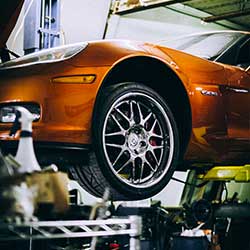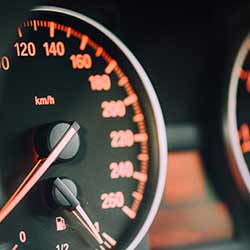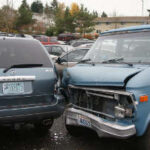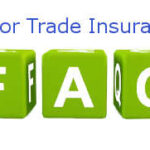One of the most important factors to take into consideration when shopping around for a new or used car is the insurance group it will be covered by. This can make a huge difference to the cost of your insurance policy, and could turn what looks like a bargain into a nightmare.

The subject of insurance groups can seem confusing at first, but all you really need to remember is that the lower the number of the group, the lower the premium.
Did you know there are fifty car insurance groups? When the grouping system was introduced, there were only nine. This was increased to twenty in 1992 and fifty in 2006. With so many groups, you can be sure your car is in the right one and you’re not paying more than you need to.
When new cars come on the market, they are placed in an insurance group by the Group Rating Panel. The panel gets together once a month to assess new cars and place them in the right group. Motor insurers use the car’s group, along with other factors like the driver’s age and address, when working out a quote.
The Group Rating Panel has to take a large number of factors into consideration.
Car repairs cost insurers a great deal of money, both for the parts themselves and for providing a loan vehicle while a car is off the road. Cars that are quick and easy to repair, using low cost, easily available parts, will fall into a lower group. To make a decision, the panel compares the cost of 23 common car parts.
Looking for a motor trade insurance quote?
If you are looking for a quote on a motor trade insurance policy, you could save up to 67.5% with Us. Click here to get a quote that could save you money on your trade insurance.
If a car is stolen or written off, it will need to be replaced, so the vehicle value is an important consideration for insurers, and more expensive cars will be in higher groups.
The better the car performance, meaning faster acceleration and higher top speed, the higher the group it tends to end up in, as insurers consider high performance cars are more likely to be involved in accidents.
Modern cars often have built in car security features, like alarm systems and steering wheel locks. These help to deter potential thieves, preventing claims for stolen vehicles and their contents, and usually mean a lower insurance group.
So, how do you know which group a car is likely to be in? As a general rule, small, economical city cars, like the Fiat Panda, Skoda Citigo, and Volkswagen Up, will come under one of the lowest groups, 1, 2, or 3, making them cheap to insure. Fast, powerful cars, like sports models, and expensive, unusual cars requiring specialist repairs, will be in the highest groups.
Remember that different editions of the same model may have features that put them in a different group, and that any customisation can also affect insurance.
It should be easy to find information on groups for both new and used cars, from your dealer if you’re buying through the motor trade, or online if you are buying privately. It’s in the manufacturers’ interests to ensure cars end up in as low a group as possible, and technology is constantly advancing to improve safety and performance features, so you may well find that a new car is a better deal for insurance than a secondhand model.











